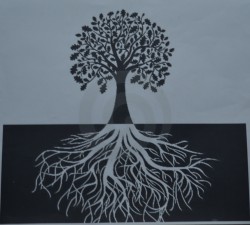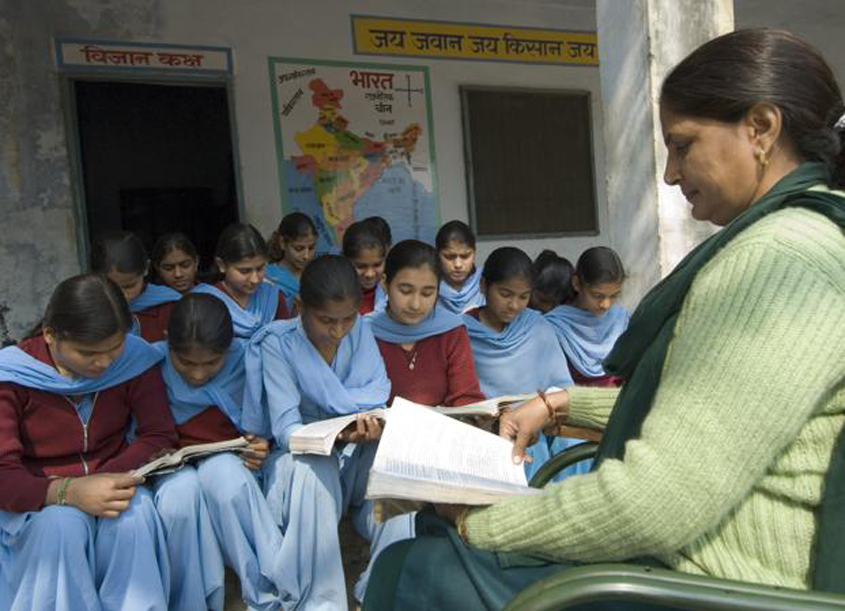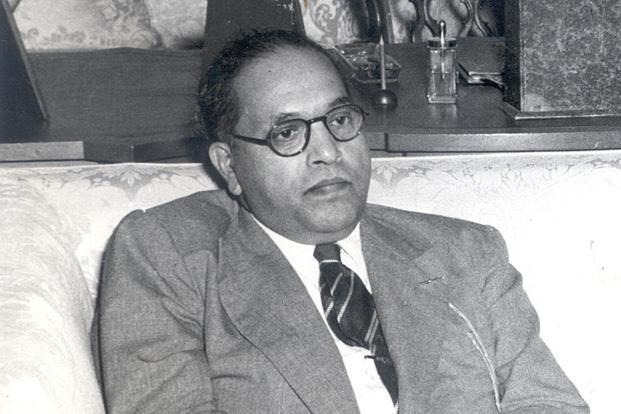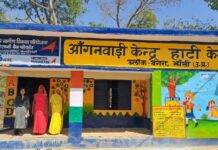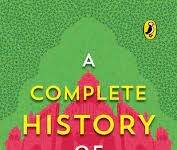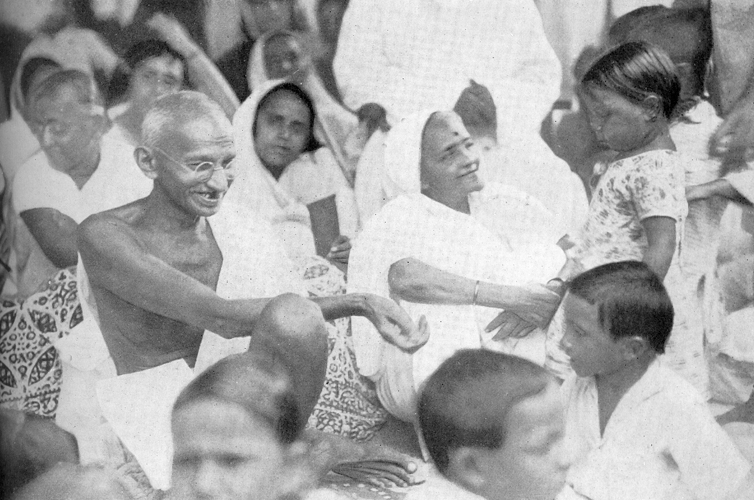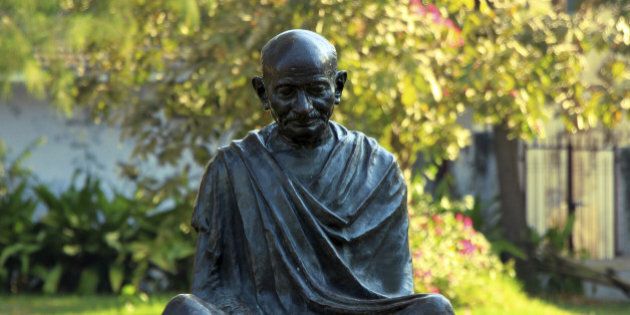THE FRAGRANCE OF MATHEMATICS
We worked with a group of children. And we introduced the mathematical concepts like fraction and decimal; ratio and proportion; and positive and negative integers. We wanted the children to feel, experience and understand these concepts. Music, dance, bodily movements, laughter, story -telling—we went beyond the cycle of examinations and home tasks. And they celebrated. Here is an article that narrates the story of this journey.
By Avijit Pathak
We love a flower, a poem, a beautiful landscape. But then, how many of us love mathematics? Many of us fear mathematics. Mathematics causes anxiety; numbers and theorems cause terror. Mathematics, we tend to feel, is pure abstraction; it has no music, no soul, no illuminating narrative of life. Mathematics is devoid of all colours! However, we are insecure; even though our mathematics phobia remains, we want our children to master it. Because we believe that without mathematics there is no future for them. Modernity requires mathematics. Capitalism needs the precision of calculation; economists need it. Physics is impossible without mathematics. The engineers of bio-politics need mathematics for the statistical classification and documentation of people. And , to use some mundane examples, mathematics is needed in ‘intelligence tests’, in competitive examinations, in the real estate business. Not to know mathematics is to invite failure in life! We keep pressurizing our children. This sort of societal pressure, the parental anxiety, and the obsession with ‘success’ create a pedagogic environment that does not allow them to feel easy with mathematics, to learn and enjoy it in their own rhythm. Instead, they are in a hurry; coaching centres and private tutors add to this restlessness. Quite often, children begin to recall—and recall mechanically—a mathematical formula, and memorize some strategies to solve model test papers; but they do not learn the deeper meanings and experiences beneath these mathematical usages. There is no time, no breathing space, no relaxed moment to sit down and contemplate. We need to alter this practice, and make children feel and smell the fragrance of mathematics. There is no reason to fear mathematics. Because mathematics is experiential; it is everywhere. The wrist watch you are using is continually playing with angles; the football your child is playing with reminds you of a geometrical shape called the sphere; the meter box of the cab you have hired to visit your daughter’s school is applying the principle of arithmetic progression.
We started working with a group of children. With laughter and music, with narratives and experiments, and with an assurance that making mistakes is not a sin, and what is important is understanding and celebration, not speed and success, we undertook a journey. And children did begin to learn, and experience the concepts. Here we give two examples:
EXAMPLE- 1
We have introduced the concept of negative integers. It is not easy. It is possible to see—and see in concrete terms—three (+3) books. But is it possible to touch minus three (-3) books? And from here begins the confusion. Yes, mechanically children talk about negative integers without understanding their meanings. It must change. We tell them a story:
“ Bikram and Bimal are two friends. They are settled in Nagpur. ‘We are living in central India. We should visit the top of the North’, Bikram whispers in the ears of Bimal. Bimal agrees. And they come to Srinagar. What a difference! Nagpur—one does not require woolen clothes. But Srinagar—its temperature is two degree centigrade below zero degree. They are not used to such cold weather. They must buy some woolen clothes. But they don’t have sufficient money. Abdul Khan is the owner of the small guest house where they are staying. They share their problem with Mr. Khan. ‘Why are you worrying so much? Take Rs. 5000/ from me. Don’t hesitate. Take it as a loan. And return it to me me from Nagpur.’ Mr. Khan assures them. Yes, they took the money, bought some woolen clothes, and moved around Srinagar with absolute comfort. Bikram cracked a joke: How wealthy we are. We possess something negative!”
It is a story of our everyday existence. And children love stories. And in this story lies the beauty of mathematics—the play of a negative integer. Bikram and Bimal have borrowed Rs. 5000/ from Mr. Khan. They have to return this amount. Mathematicians use the concept of negative integers to symbolize this experience of borrowing or returning. In mathematical terms, they possess minus five thousand, or Rs. -5000/. Again, the temperature of Srinagar is two degree centigrade below (not above) zero degree. To move above is positive; to move below is negative. And now children understand that the temperature of Srinagar is minus two (-2) degree centigrade. They understand the meaning of a scale, and one’s location in it.
With the stories of this kind children experience the concepts of positive and negative integers. They now know that the mountain peak is positive, the valley is negative; the third floor in a skyscraper is positive, and the basement is negative. They know that to move four steps forward is +4, to move six steps backwards is -6. In fact , with these experiences of up and down, left and right, forward and backward they begin to dance. And that dance has a rhythm. Because mathematics has a rhythm.
EXAMPLE-2
Mathematics is not just about profit and loss, about the market place. Mathematics is about our life, a way of representing some aspects of it. Look at the paragraph, and see its possibilities.
“ I love to travel. I want to see the world. Yes, my country—from the Himalayas to the Indian Ocean—is beautiful. I must see its mountains, its rivers, its forests, its villages, towns and cities. But everywhere in the world there is something interesting to see and explore. I wish to visit Africa. I wish to move around Egypt. I wish to see the Pacific Ocean. And I want to explore the Great Wall of China.”
We ask the children read the paragraph. These dreams of travelling excite them. They become curious. And then we persuade them to see mathematics in it. ‘How?’ they enquire. And we pose the following two questions: (a) How many times ‘I’ has appeared in the paragraph? (b) What is the ratio of the number of times ‘I’ used to the total number of words in the paragraph?
They calculate. They answer. They laugh. And in that laughter lies the magic. If you open your mathematical eyes you can apply the concept of ratio even in a literary piece!
The story goes on. And they learn and unlearn. Mathematics begins to find its soul, its music. And then, the children start reciting a new mantra: ‘We do not hate mathematics. We love mathematics. We play with mathematics’.

